Big news events inevitably generate floods of false social media reports – or claims, posts, videos or recordings.
The death of the United Kingdom’s queen Elizabeth II in September 2022, for example, generated Facebook posts that she died long before September 8, fact-checked and found untrue by the Poynter Institute’s Politifact. In another example, a video circulated in the context of the Russia-Ukraine war, supposedly showing a Ukrainian pilot nicknamed “The Ghost of Kyiv” shooting down a Russian Su-35 from a MiG-29 fighter aircraft. It turned out the footage was from a video game.
There’s much concern, and rightly so, about how this flood of false information is affecting people and their understanding of events. Africa Check has published a number of guides on recognising and dealing with these. In general, an attitude of healthy scepticism is always useful, especially when reading the latest forwarded message on WhatsApp. Yes, that’s social media too.
But it’s also possible that a reputable-seeming news article might be “fake news”. These articles are then shared on social media, continuing the cycle of untruth.
To spot this kind of article before you share it, it helps to understand how online news works. These publications are run by fallible humans, working to deadlines, often reporting on events the details of which are changing all the time. (Read, for instance, this excellent account of a journalist’s continuing learning curve in coverage of the Covid-19 pandemic.)
In the context of ever-changing available information, readers should look for publications that have a track record of getting things right most of the time, and for apologising and correcting things when they get them wrong.
Unfortunately, there isn’t one simple way to tell if a news website is credible . And “fake” news sites, and the articles they carry, are often hard to tell from the real thing.
Journalists and other news-literate people can usually cast their eye over an article or a news website and get an instant, instinctive sense of whether it is genuine or not. The good news is that the signs they look for are often quite easy to spot. It takes some conscious work at first, especially for readers short on time or overwhelmed by information.
But the steps below can become second nature. It helps to do them in the order outlined below.
Step 1: Does the news item seem reasonable to you?
This is the quickest test. If the news report seems odd to you (“surely the queen can’t actually be a lizard?”), then it probably is. Do a quick Google search (“queen lizard”) to see if it is being reported by several news outlets. If that’s the case, the article is likely to be true. Then look at those links. Do at least some of them come from news publications you already know about? If they do, then the article is probably accurate.
Example:
Claims on Twitter that Irish budget airline RyanAir was asking people a set of questions in the Afrikaans language to test whether they were South African seemed ridiculous. A Google search on “RyanAir Afrikaans test” turned up an Associated Press article, carried by US National Public Radio, as well as an article from well-known South African newspaper City Press. The Afrikaans test story was indeed true – though still ridiculous.
Step 2: Is this a source that has a track record of reliability?
Reliable news sites are usually the websites of your country’s local or national news publications, or the websites of big media houses. Sadly, there’s no instant way to know which publications and media houses these might be. This is usually something you learn over time.
But there is a quick starting point: ask yourself if you have ever heard of the publication. If not, a quick Google search of the publication’s name should give you an idea of who or what they are.
You can also run the URL of the article through Media Monitoring Africa’s Know News tool. This will check the credibility of the website against the Media Monitoring Africa’s database. If the website is not registered on their database, it will be reported for review. A handy extension for the Google Chrome browser can be downloaded here. News Guard offers a similar tool for rating the credibility of websites in the US.
Something to understand:
Many news publications source their news from news agencies, as in the example above about RyanAir. These are companies which gather news, write it up and then sell those reports to multiple other publications. Some of the big, trusted news agencies are Associated Press (AP), Reuters, Agence France-Presse (AFP) and Bloomberg.
If you know the publication, and you trust it, there’s no need to go any further down the road of fact-checking. But if you are still in doubt, here are some other things to look for.
Step 3: What does the site that the article is on say about itself?
Whether you are looking at the site or article on a computer or on your phone, scroll to the bottom of the screen and look at the footer, or look in the main site menu. Ask yourself:
- Does the website have an “About Us” section?
- Does it have a “Contact Us” section?
- In either of those two places, does it have a link for corrections or complaints?
- Is there a privacy policy or a terms of use section, or both?
Is there a physical address listed? (One step further would be to check whether you can find the address on Google Maps.)
Example:
The presence, or absence, of these items on a news site is important because this is how a publication demonstrates its willingness to be in touch with its readers and its willingness to submit to legal rules of conduct.
There are “fake” news sites which do carry these things, so their presence doesn’t mean an article passes muster. But if they aren’t there, this is a big red flag that you should ignore what you are seeing.
You should also take a closer look at the website URL. News sites spreading mis- and disinformation often pose as legitimate organisations by changing figures and letters in the website address.
Example:
Having “CMN” in the URL of a website instead of the well-known CNN.
Step 4: Is there a date on the article? Are there links in the article to the sources of the information?
If all of the above check out and you are still doubtful, cast your eye over the text of the article. It is a good sign if it has a clear date of publication, as are links to background sources.
If these are missing or obscured, or the text has grammatical errors or feels hurriedly written, tread carefully. Also be wary of content that quickly triggers your emotions, such as anxiety or fear.
Step 5: Do the photos have credits?
Another sign of a reputable news site is a commitment to saying where it obtained its illustrations. Dodgy sites, on the other hand, will simply use photos without crediting the source.
Similarly, does the article credit a journalist? And can you find other examples of their work? Articles written by a “staff reporter” are sometimes a red flag.
Step 6: Is there any sign that the site is governed by the media regulatory bodies in the country where it works?
This information will usually be in the footer or in the main site menu and will vary from country to country. It will say something like: “This publication subscribes to a code of conduct as laid down in regulations.”
In South Africa the media is regulated by two overarching bodies - The Press Council of South Africa and the Broadcasting Complaints Commission of South Africa (BCCSA). Each have codes of conduct.
These bodies can, in the case of the BCCSA, impose fines or, in the case of the Press Council, demand apologies.
In Kenya the media is regulated by the Communications Authority of Kenya, responsible for licensing services and regulating content, and the Media Council of Kenya which ensures media standards are met.
In Nigeria, the National Broadcasting Commission regulates the broadcasting industry while the Nigerian Press Council ensures the country’s press maintains ethical standards.
All major media players in a country should subscribe to relevant regulatory frameworks.
SUMMARY: Carry a large bag of salt and proceed with caution
If it’s a big and important issue, treat everything you see on social media with a large pinch of salt. If the news you see seems to come from a news website, click through to the source and cast an eye over it, going through the steps outlined above. Do the same to news articles that may appear in feeds on your phone. Once you’ve verified the article, you can go ahead and share it.
Renee Moodie is a senior journalist who worked as IOL’s Deputy Editor for several years. Her communications business Safe Hands Writing & Editing has clients in online news, publishing, academia and the corporate sector.


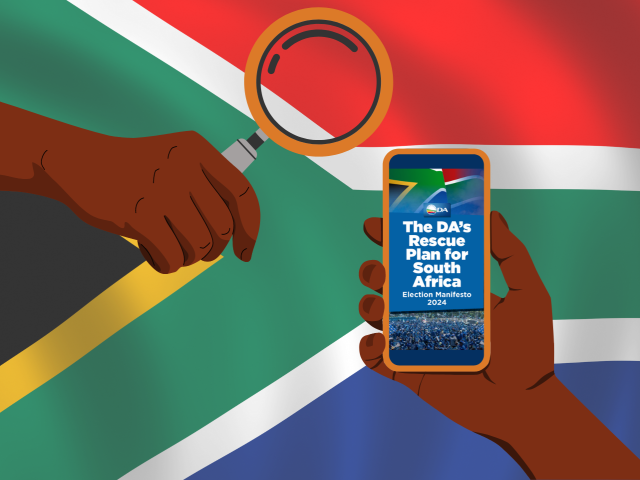
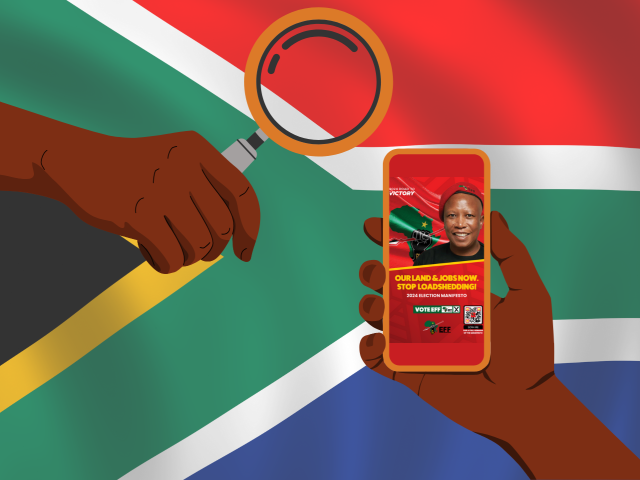
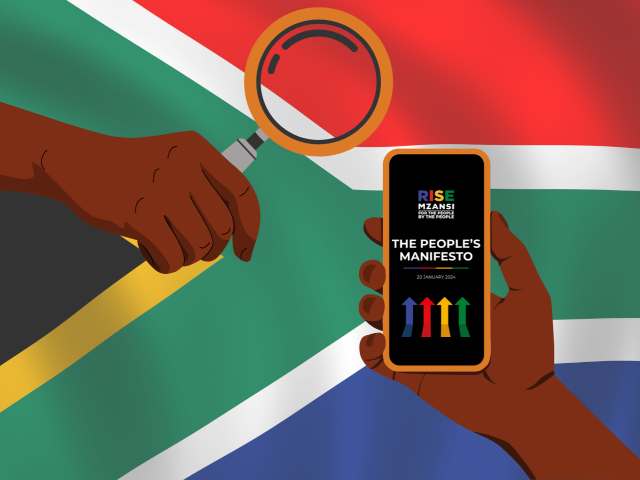

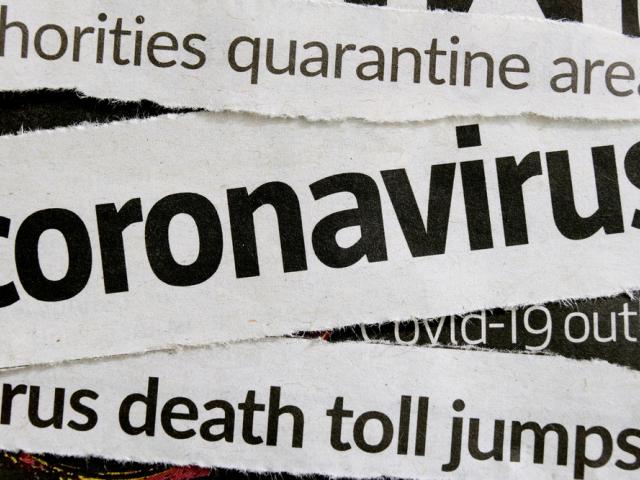
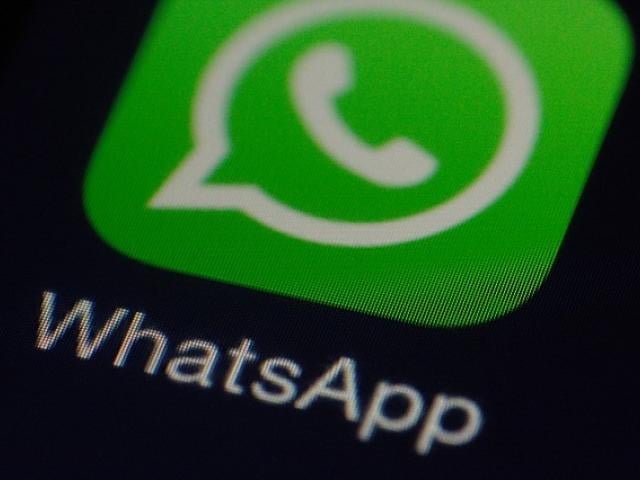
Add new comment